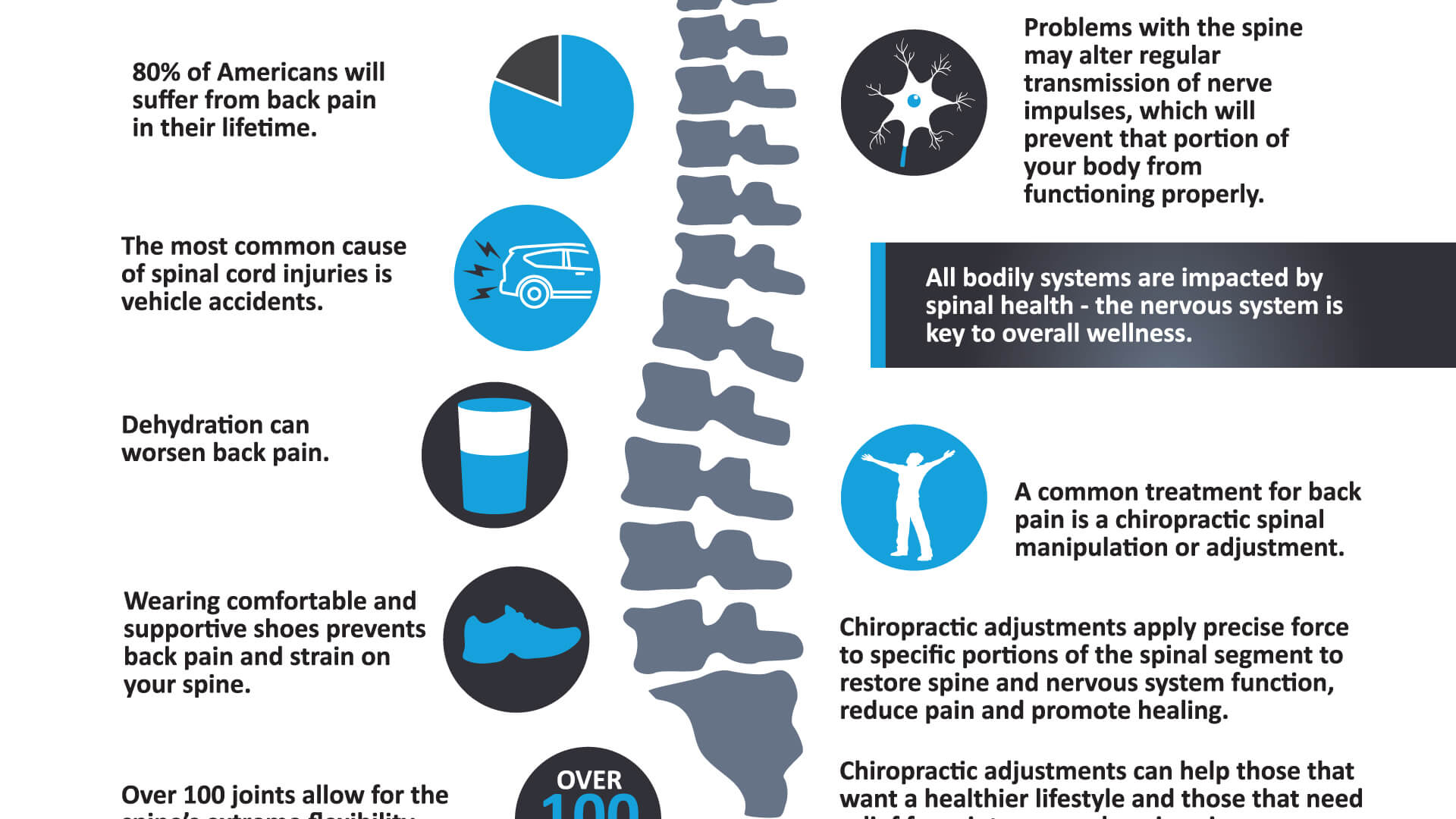Analyzing The Science Of Cold Laser Therapy
Analyzing The Science Of Cold Laser Therapy
Blog Article
Material By-Tate Hurley
When thinking about alternative treatments, cold laser therapy attracts attention as a result of its special method to healing. By utilizing specific wavelengths of light, it targets cellular functions and advertises healing in a non-invasive fashion. This approach not only improves ATP manufacturing however additionally aids in decreasing inflammation and discomfort. As research study continues to unravel, the implications for rehabilitation and discomfort management could be considerable. What does this mean for future treatment options?
The Mechanisms of Cold Laser Therapy
Cold laser therapy, likewise called low-level laser treatment (LLLT), functions by promoting cellular function through the application of particular wavelengths of light.
When the laser light permeates your skin, it communicates with the mitochondria in your cells, boosting ATP manufacturing. This boost in ATP invigorates your cells, advertising recovery and regrowth.
The light likewise affects cell membrane layers, enhancing their permeability and promoting nutrition absorption while eliminating contaminants. Additionally, cold laser therapy triggers the release of endorphins and decreases inflammation, helping your body respond better to injury.
You'll experience improved blood flow as the therapy stimulates capillary growth, making certain that oxygen and nutrients reach broken cells extra efficiently.
Recognizing these systems can assist you appreciate its potential in advertising healing.
Possible Advantages of Cold Laser Therapy
When considering choices for pain relief and recovery, you may discover cold laser treatment to be an attractive alternative. This non-invasive strategy can help reduce swelling, ease pain, and advertise tissue repair service.
Many individuals report quicker healing times from injuries and surgeries after undergoing cold laser treatment. It's particularly useful for problems like joint inflammation, tendonitis, and muscular tissue pressures.
You may likewise appreciate that it has marginal adverse effects contrasted to drugs. In addition, cold laser treatment can boost blood circulation, which assists in supplying nutrients and oxygen to harmed areas.
Current Study and Professional Applications
As interest in cold laser therapy grows, scientists are discovering its different applications and effectiveness in clinical settings. You'll locate studies investigating its duty in pain management, wound recovery, and minimizing swelling.
In physical treatment, practitioners use cold laser therapy to enhance recovery in sporting activities injuries, while dental practitioners are finding it beneficial for dealing with oral discomfort and periodontal problems. Recurring tests are assessing its possibility in treating problems like joint inflammation and neuropathy.
https://elliottrviuf.bloggactif.com/35638403/examining-the-frontiers-of-laser-treatment-advancements-and-their-positive-effects aim to establish standard protocols and dosages, ensuring safety and efficacy. As more proof emerges, you may see cold laser therapy ending up being a staple in both rehab and discomfort administration, offering individuals a non-invasive alternative that matches standard therapies.
Final thought
Finally, cold laser therapy supplies a promising method to recovery by harnessing certain wavelengths of light to boost mobile functions and promote healing. With advantages like improved blood circulation, reduced inflammation, and discomfort relief, it's coming to be a valuable choice for numerous conditions. As visit the up coming internet page remains to develop standardized methods, you can anticipate better acceptance of this non-invasive therapy in rehab practices and discomfort management methods, making it a possible game-changer for several individuals.
